By Lin Zhuowei
(ECNS)— “We have learned that win-win cooperation is the sure way to success in launching major initiatives that benefit all. When countries embrace cooperation and act in concert, a deep chasm can be turned into a thoroughfare, land-locked countries can become land-linked, and a place of underdevelopment can be transformed into a land of prosperity.” On Oct. 18, Chinese President Xi Jinping delivered a keynote speech at the third Belt and Road Forum for International Cooperation.
The year 2023 marks the 10th anniversary of the Belt and Road Initiative. In a recent exclusive interview with China News Network, Jhala Nath Khanal, Former Prime Minister of Nepal and Senior Leader of CPN (Unified Socialist), lauded the initiative as “a very important project of the 21st century” and spoke highly of its contribution to Nepal’s transition to a land-linked country.
A significant project of the century connecting two civilizations
“The BRI stands as a shining example of international cooperation, emphasizing economic development and inclusivity, uniting nations under a common goal of shared prosperity.”
The significance of the initiative lies not only in its exemplary effects as a paradigm for international cooperation but also in its major role in boosting the connectivity of BRI countries, particularly by linking up China and South Asia, Khanal noted.
Home to the world’s two most ancient civilizations, China and South Asia also stand as the most populous area of the world, fueling rapid economic growth, whereas Nepal serves as the key connecting point between the two. Therefore, the Nepali people and government keenly anticipated the implementation of more BRI projects in Nepal to better facilitate the growth of both countries, said Khanal.
He cited the China-Nepal cross-border railway project as an outstanding example of improving connectivity.
For years, China and Nepal have been dedicated to the ambitious construction plan of the “sky road”. Vital to trans-Himalayan connectivity, the railroad is designed to run through the Himalayas, helping the realize Nepal’s transition from a landlocked country into a land-linked one.
Resilient bond facilitates cooperation in hydropower
The two countries, each located on one side of the Himalayas, share a long border in between. They are similar in a lot of ways, not limited to geography and culture. Furthermore, the time-tested good neighborliness between them has demonstrated how countries of various sizes interacted peacefully and worked in close cooperation, said Khanal.
The two countries have established a long tradition of friendly exchanges, laying a solid foundation for further cooperation, and the BRI has shown up at the right time to power Nepal’s development.
Khanal told China News Network that he advised Nepal’s current Prime Minister Prachanda on building a hydropower transmission line between the two countries. He highlighted the abundant hydropower resources in Nepal with more than 6,000 rivers stemming from the Himalayas on their side, which could be utilized to promote green energy cooperation and high-quality development under the BRI.
The Nepalis eager to learn from China’s modernization
Khanal called for closer cooperation and more exchanges between entrepreneurs, scientists, and tech talents from both sides in areas including hydropower and agriculture, to boost connectivity of social production.
Meanwhile, he emphasized that the Nepali people are eager to learn from the Chinese on ways of economic development and social equality. Particularly, youth organizations, women’s organizations, and other social organizations in Nepal expected more exchanges with counterparts in China.
Khanal praised China’s modernization drive, saying it has become a source of inspiration and offered the world, especially the Global South an alternative for independent development and connectivity.








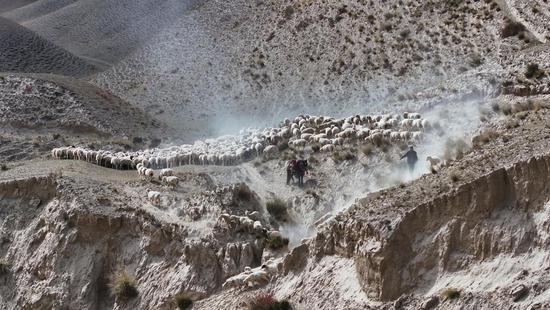
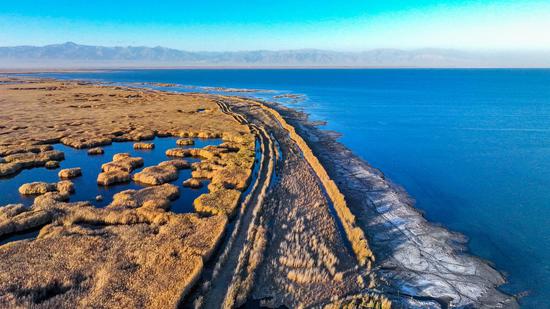

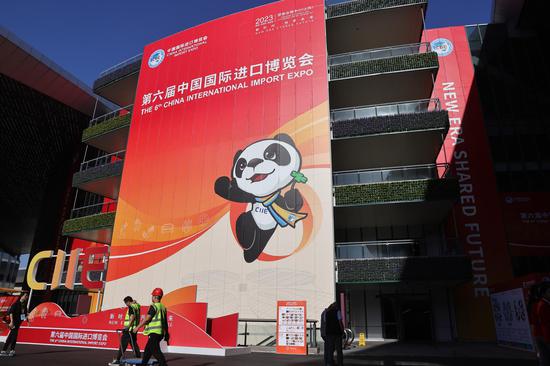
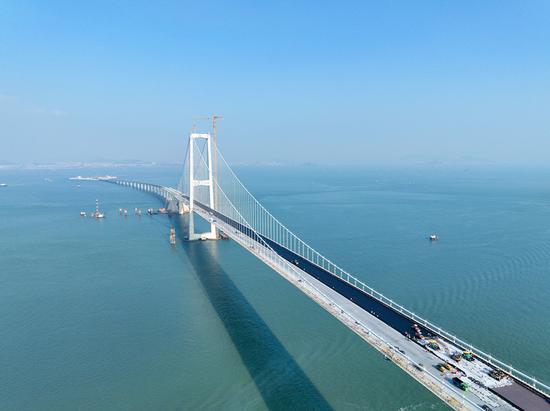

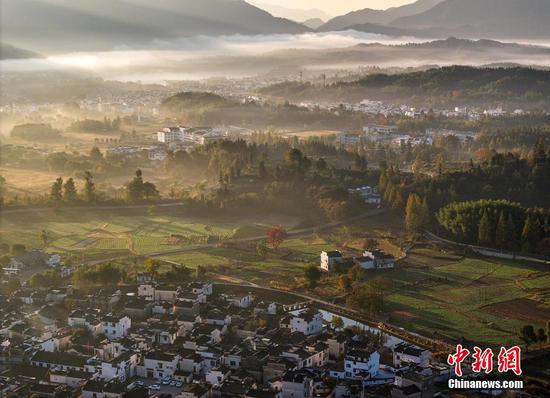
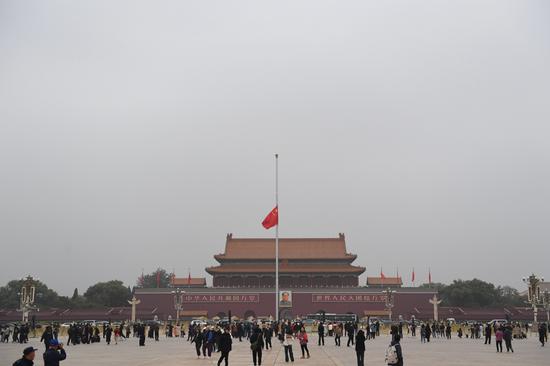


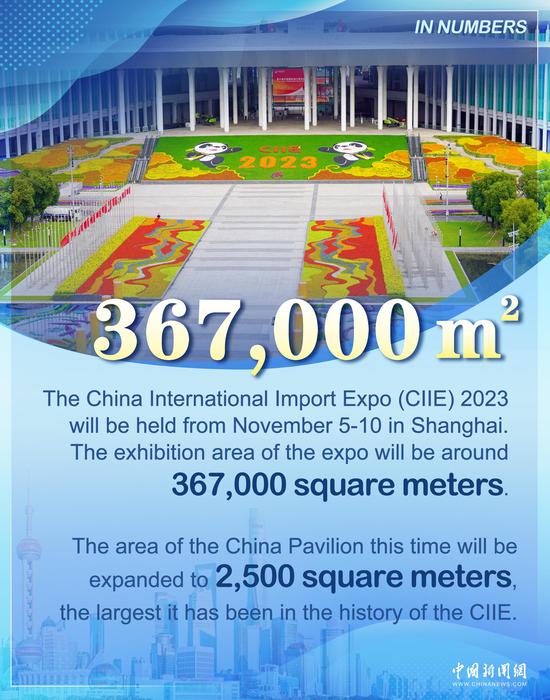






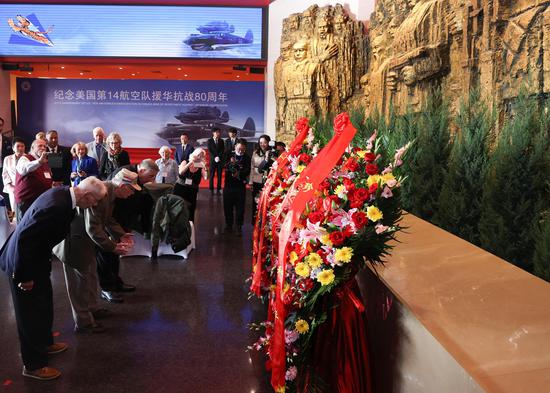

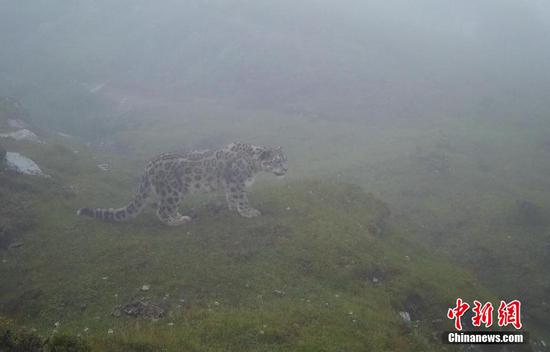
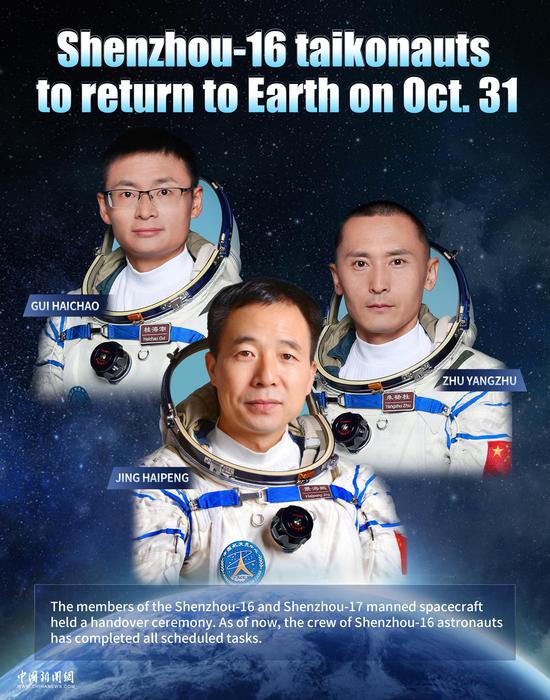

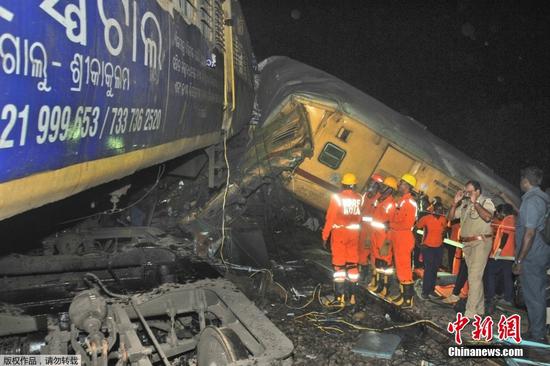
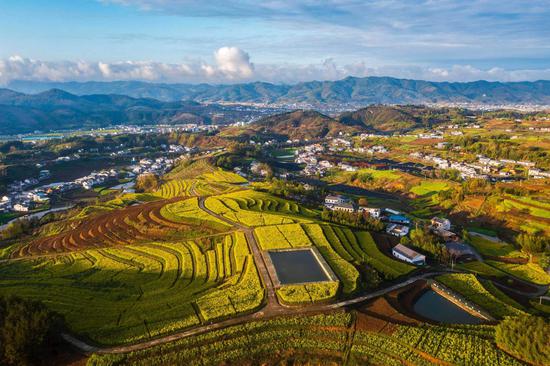
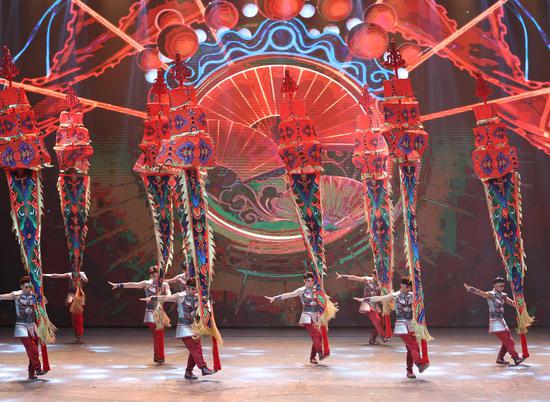


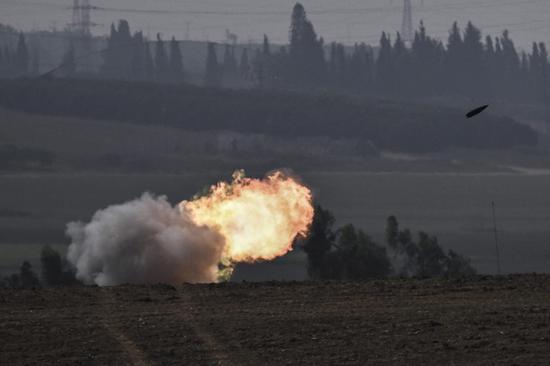


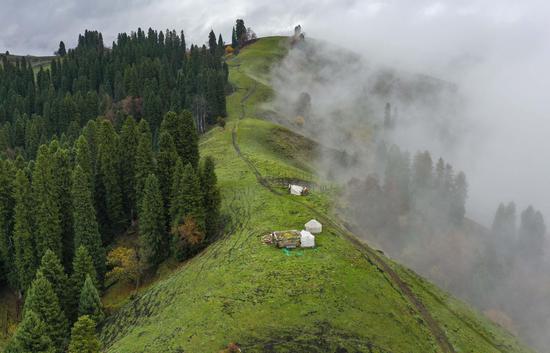
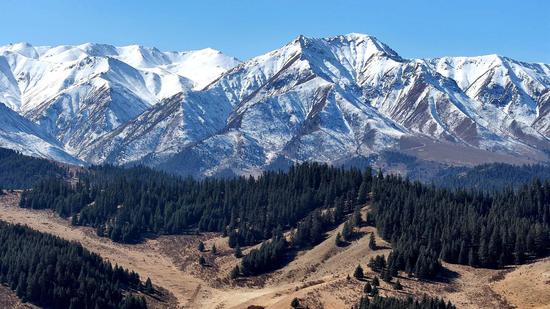



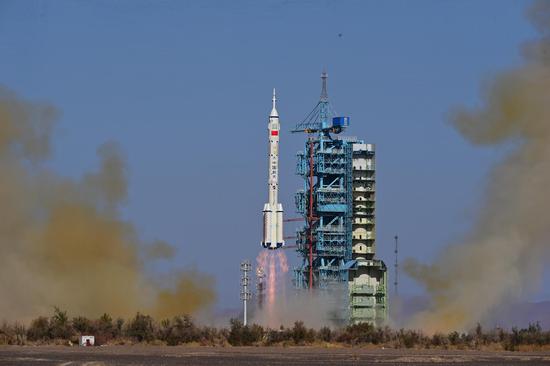
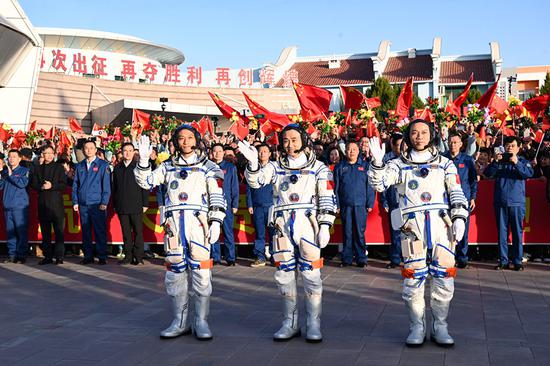



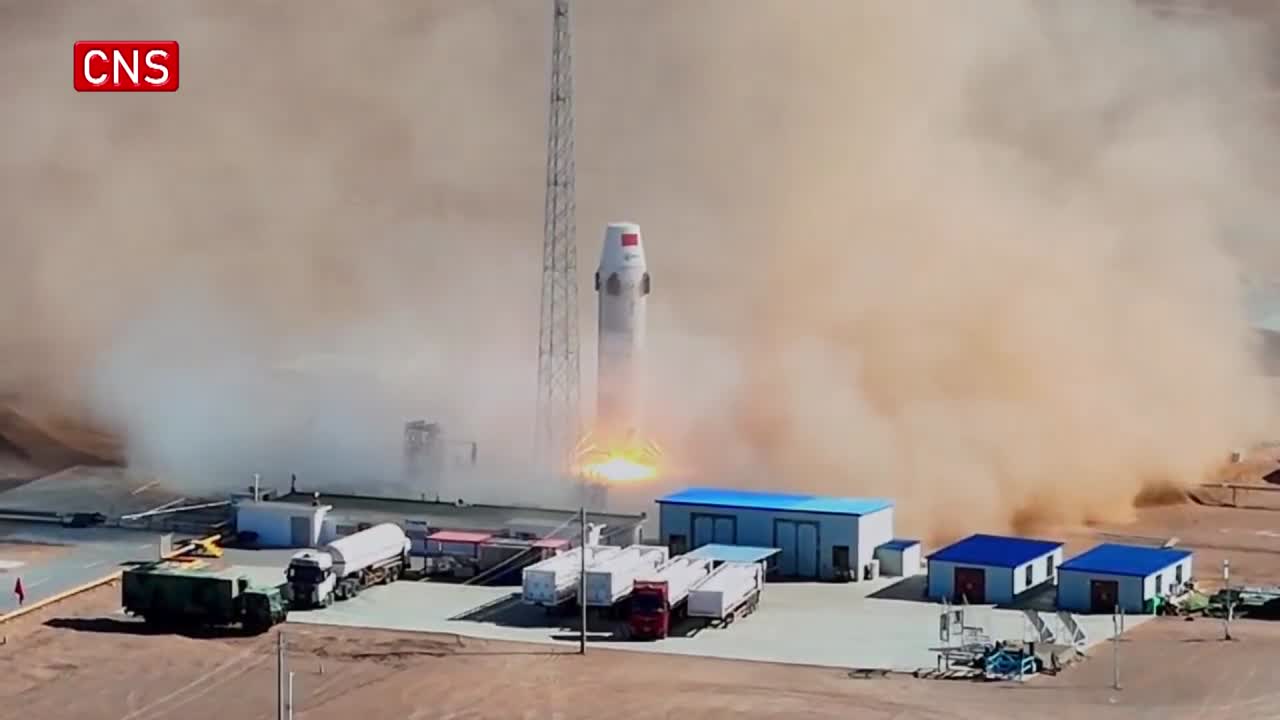

 京公网安备 11010202009201号
京公网安备 11010202009201号